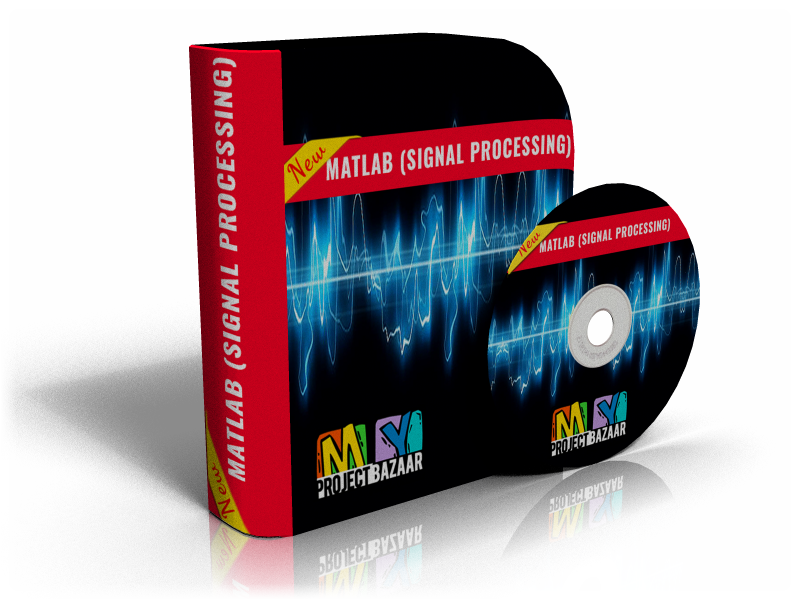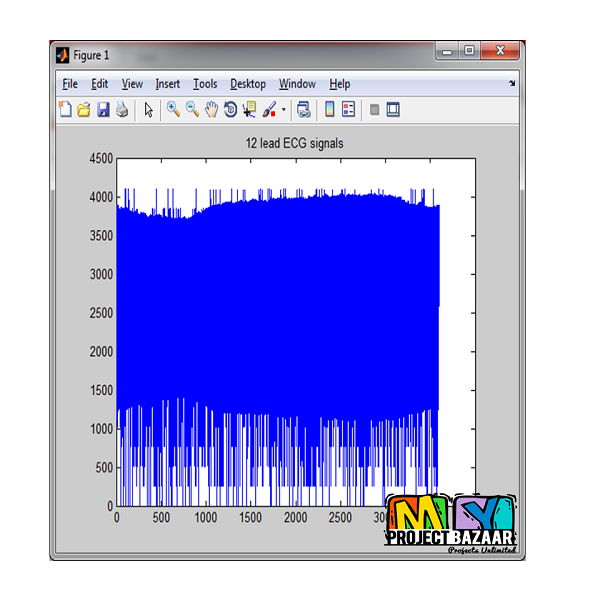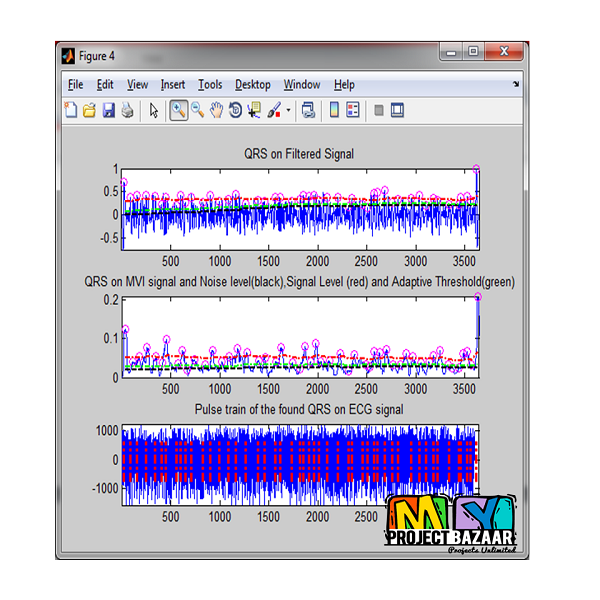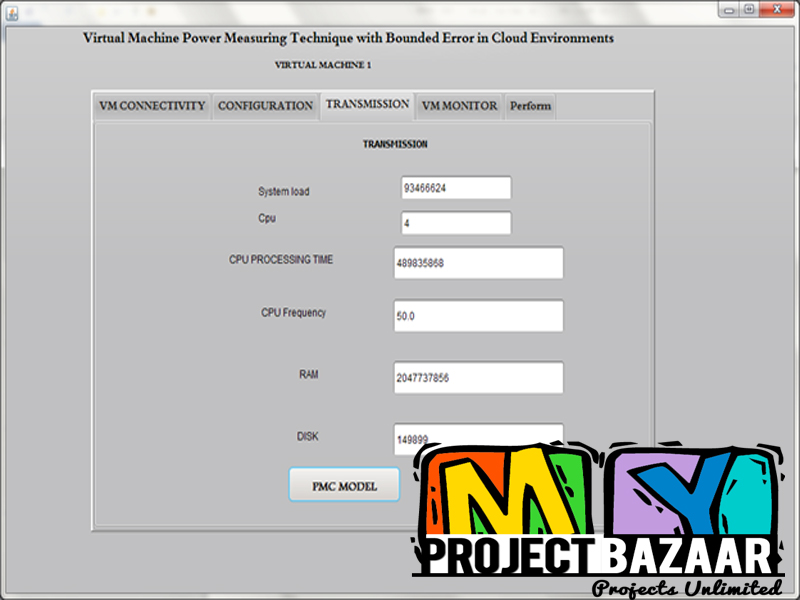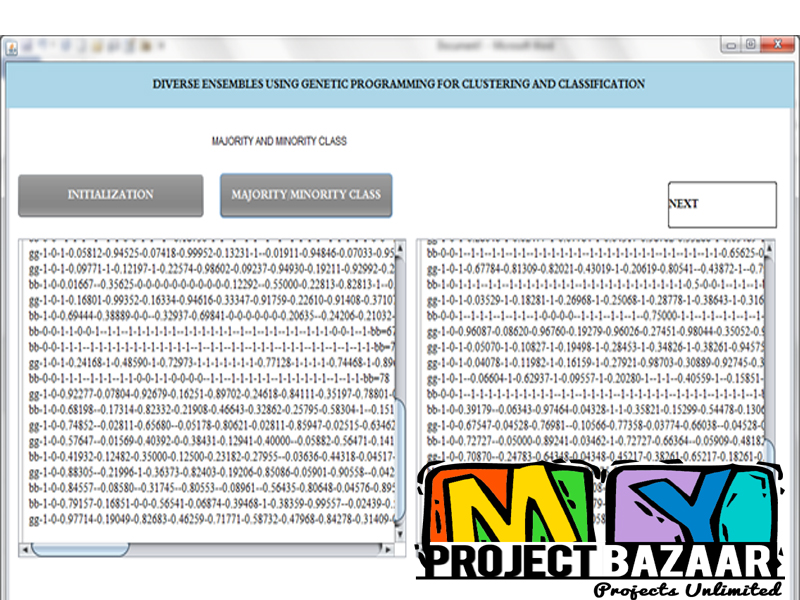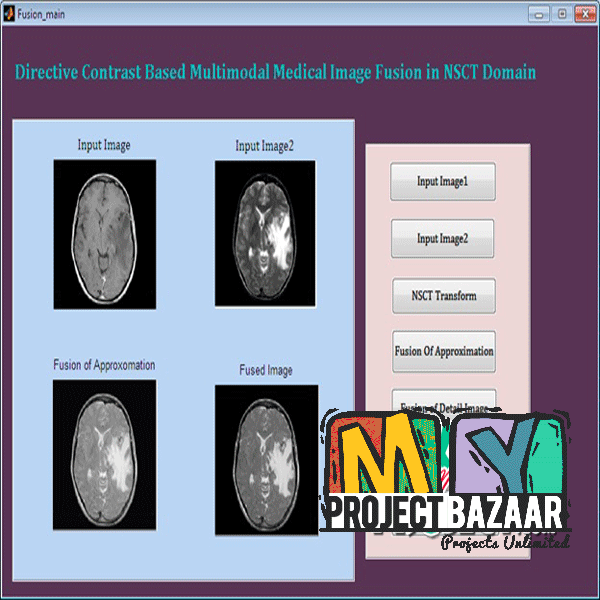
Supraventricular Tachycardia Classification in the 12-Lead ECG Using Atrial Waves Detection and a Clinically Based Tree Scheme
Product Description
Supraventricular Tachycardia Classification
in the 12-Lead ECG Using Atrial Waves
Detection and a Clinically Based Tree Scheme
Abstract— Specific supraventricular tachycardia (SVT) classification using surface ECG is considered a challenging task, since the atrial electrical activity (AEA) waves, which are a crucial element for obtaining diagnosis, are frequently hidden. In this paper, we present a fully automated SVT classification method that embeds
our recently developed hidden AEA detector in a clinically based tree scheme. The process begins with initial noise removal and QRS detection. Then, ventricular features are extracted. According to these features, an initial AEA-wave search window is defined and a single AEA-wave is detected. Using a synthetic Gaussian signal and a linear combination of 12-lead ECG signals, all AEA-waves are detected. In accord with the atrial and ventricular information found, classification to atrial fibrillation, atrial flutter, atrioventricular nodal reentry tachycardia, atrioventricular reentry tachycardia, or sinus rhythm is performed in the framework of a clinically oriented decision tree. A study was performed to evaluate the classification from 68 patients (26 were used for the classifier’s design, 42 were used for its validation). Average sensitivity of 83.21% [95% confidence interval (CI): 79.33–86.49%],
average specificity of 95.80% (95% CI: 94.73–96.67%), and average accuracy of 93.29% (95% CI: 92.13–94.28%) were achieved compared to the definite diagnosis. In conclusion, the presented method may serve as a valuable decision support tool, allowing accurate detection of SVTs using noninvasive means. < final year projects >
Including Packages
Our Specialization
Support Service
Statistical Report

satisfied customers
3,589
Freelance projects
983
sales on Site
11,021
developers
175+Additional Information
| Domains | |
|---|---|
| Programming Language |

